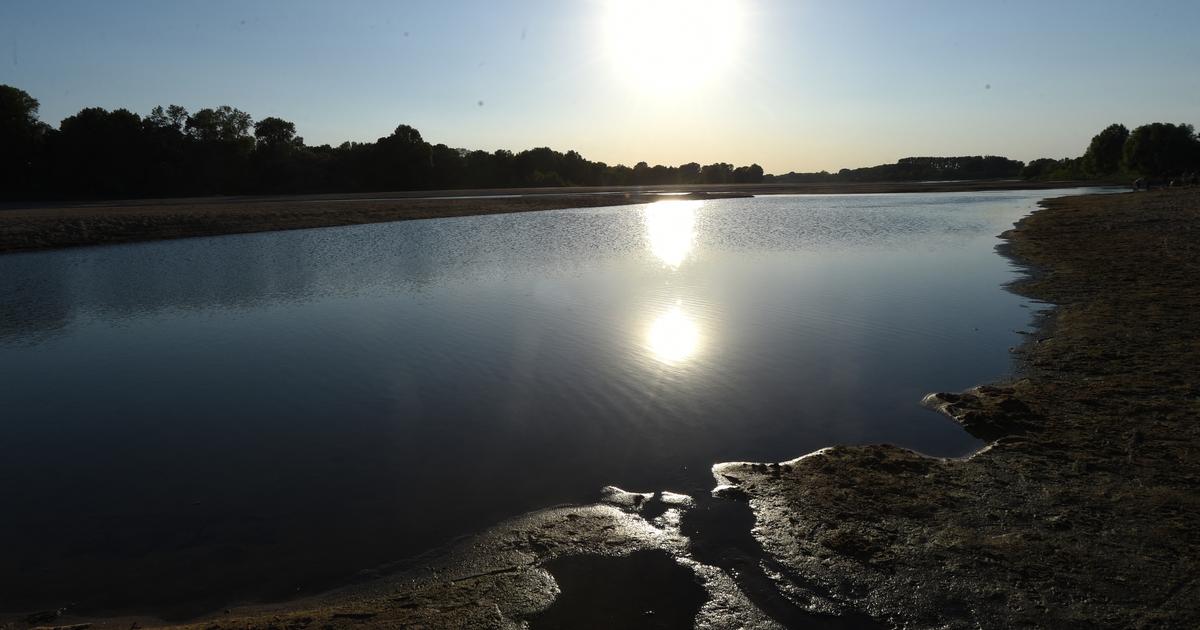Our groundwater reserves are being recharged.
This is the positive observation drawn up by the Bureau of Geological and Mining Research (BRGM) on Tuesday February 13.
In a press release, the French national geological service considers the state of the aquifers
“satisfactory”
over a large part of the territory, particularly on the inertial aquifers (chalk, tertiary formations and volcanic formations), which remain on the rise overall.
The levels are particularly positive in the Jurassic limestone aquifers of Boulonnais and those of the Artois-Picardie coastline, which benefited from
“exceptional rain”
from the end of October to November.
The alluvium tablecloth of the Savoy Foreland, or the chalk layers of Champagne, those of the Jurassic and Cretaceous limestones of Lorraine, Jura, Charentes, Périgord and the Angoumois basin, the layers of the southern basement of the Armorican Massif, the alluvium layers of the Garonne downstream and the Dordogne as well as the Alps display high levels thanks to the abundant precipitation that occurred between mid-October and December.
Only the aquifers in the center and north of the Massif Central, on the other hand, did not benefit from sufficient recharge.
However, their levels remain close to normal or slightly low.
“This start of winter recharge allows us to hope for satisfactory levels at the end of winter over a large part of the territory”
, welcomes the national office, warning however that in the event of insufficient precipitation at the end of winter,
“the “the state of the water tables could deteriorate”
.
Water table situation as of February 1, 2024. BRGM
Very disparate levels
The state of the aquifers generally remains very heterogeneous, varying between very low and very high levels, specifies the geological service.
Rather positive in the west, from Cotentin to Haute-Garonne and in the north-east, from Artois to the Alpine valleys, the levels appear more critical towards the south-east.
Disparities which can be explained by the
“intensity”
of precipitation during autumn and the beginning of winter and by
“the reactivity of the groundwater to rain”
.
For the end of winter, the BRGM plans to carefully monitor the aquifers in the south-east, weakened by a severe drop and the absence of notable recharge episodes.
Because by comparing to previous years, the geological service also identifies water tables at particularly low levels at the start of the year.
A phenomenon due to
“the very marked rainfall deficit in recent months or recent years”
, explains the press release.
This is the case for the Sundgau, Dijonnais, Bresse and Dombes aquifers.
The layers of the base of the southern Massif Central, the karstified limestones of the Grands Causses and the Cévennes border, the formations of the Languedoc coast have an equally critical level, as well as the layers of the multilayer aquifer of Roussillon and the karstified limestones of Corbières massif.

